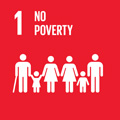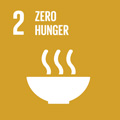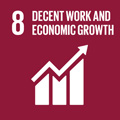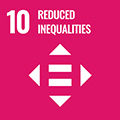- Docente: Laura Bottazzi
- Credits: 5
- SSD: SECS-P/01
- Language: Italian
- Teaching Mode: Traditional lectures
- Campus: Bologna
- Corso: Second cycle degree programme (LM) in Economics and Economic Policy (cod. 8420)
Learning outcomes
The aim of the course is to bring students closer to the topics most discussed in international economics: 1. capital movements between rich and poor countries 2. analysis of savings and investment 3. international risk sharing At the end of the course the student is expected to: - know both the theoretical and the empirical literature and use it to understand international economic events - have understood the issues of balance of payment, current accounts and capital flows.
Course contents
The most important topics that will be covered in class are:
1. The basic intertemporal model
2. Capital markets imperfections
3. Intertemporal prices
4. Non-tradable goods and relative prices
5. The efect of credit shocks on the labor market.
Readings/Bibliography
Obstfeld, M. K. Rogoff, 1996,
papers from international journals
Teaching methods
Frontal teaching.Throughout the course, the presentation of theoretical issues will be complemented by critical discussion on some recent research and policy topics.
Assessment methods
At the end
The written exam aims at testing the acquired knowledge of the theoretical concepts and the ability to interpret estimation results in the light of the underlying theory.
The written exam is closed book. It is divided in two parts:
- True, False, Uncertain (answer with concise motivation): 6 questions, 30 points
- Open question (formal answer to theoretical question): 1 or 2 questions, 30 points
In case online exams will be envisaged by the University of Bologna, the structure of the written exam is the same. The exam will be run through Zoom and Exams Online (EOL). Detailed instructions on how to manage and hand in the online exam are available on the course page on the VIRTUALE platform.
The maximum possible score is 30 cum laude, in case all answers are correct, complete and formally rigorous.
The grade is graduated as follows:
<18 failed
18-23 sufficient
24-27 good
28-30 very good
30 e lode excellent
Teaching tools
Problem sets will
Office hours
See the website of Laura Bottazzi
SDGs




This teaching activity contributes to the achievement of the Sustainable Development Goals of the UN 2030 Agenda.
